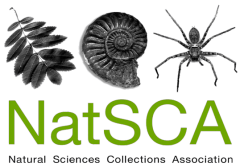Natural history collections contain a vast quantity of biological data that provide information on past populations, the impact of invasive species or diseases, evolutionary changes, as well as the effects of climate change. Specimens which are misidentified or misnamed will produce problems for researchers, however checking identifications in large datasets is time-consuming. The new tool described here can be used to screen collection data using three analyses to generate a list of specimens that are likely to be misidentified or misnamed – termed ‘suspicious specimens’, flagging them for curation. The package identifies outlying biological specimens whose metadata indicates a higher risk of misidentification as well as comparing the collection dataset with a reference dataset and flagging up discrepancies. It is free to use and can be adapted for any collection of biological data. This study uses data from bryophyte specimens in National Museum Wales
(NMW) and British Bryological Society (BBSUK) herbaria as a case study to demonstrate the functionality of the package. Of the 10 most suspicious species produced by the analysis and examined in this case study, 70% of the species required redeterminations, showing the effectiveness of this tool in improving the accuracy of collection records.
Journal Article
-
Suspicious specimens: a new tool to find potentially misidentified and misnamed specimens in biological data using a case study of bryophytesJournal of Natural Science Collections, Volume 13, pages 21 - 41Keywords: botanical specimens, collections, data, mis-identification, curation, tool
